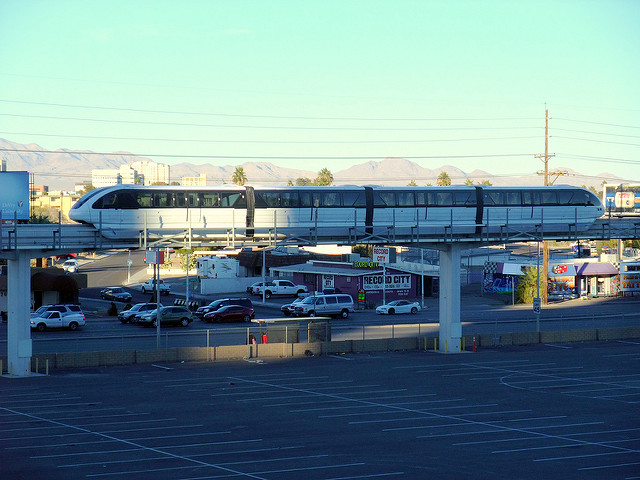The city of Portland has agreed to contribute $6 million towards the cost of a high-rise, mixed-use complex because the building is supposed to include 60 units of “affordable housing.” “That’s like paying for a Toyota and getting a Tesla in return,” Portland Mayor Ted Wheeler enthused.
No, Mr. Mayor. It’s more like paying for a Tesla and getting a Toyota. A very small Toyota, also known as a Scion.
The building in question is supposed to make innovative use of cross-laminated wood to form one of the tallest wooden buildings in America. Normally wood is not allowed for high rises due to fire danger, but the Oregon wood products industry has been trying to boost the use of this material and claims it has overcome the fire problem. The project developers, coincidentally called Project (technically, Project^, but pronounced “project”), are so enthused that they are willing to put up $1.2 million of their own money towards the $29 million structure. Continue reading










